I have heard a lot of people say that they can’t have plants in their house because they have no light in their home.
Being someone who lives in a house that gets little natural light I have learned that in some cases, it can be true, but only in the sense that certain plants will not thrive in low light environments.
I have about 13 plants in my living room that has one north facing window with very low light and they are all very happy. The reason for this, where lighting is concerned, is that they are all low light-loving plants. Aralias, Dracaenas, Money Trees, Rubber Trees are some examples of what I have in the room.
In my dining room I have a south facing sliding door. Normally a south facing window should get afternoon sun, but because I live in an area that is thick with trees and hills, it gets barely any direct light coming through unless it’s winter time, and the earth is tilting enough to let more sun through. All that to say, the entire area is rather dark.
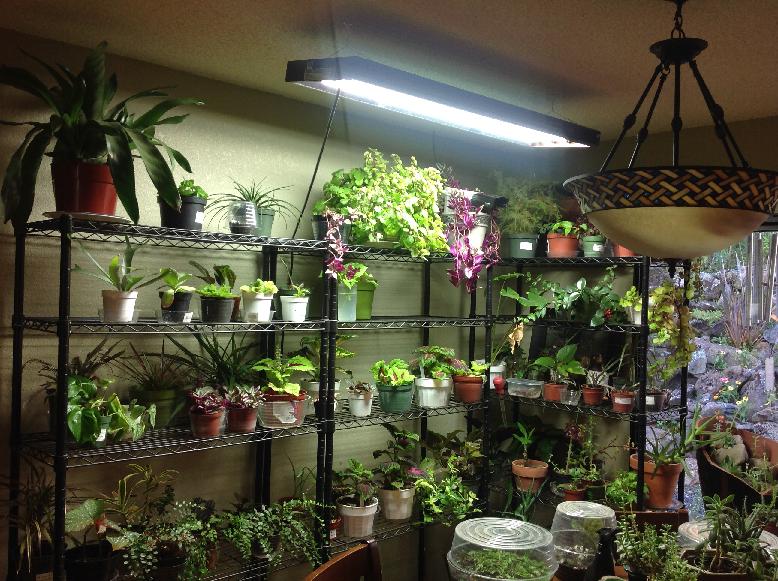
It is good for your health, your air quality and your peace of mind to have a plant in every room in your house if possible. The darkest rooms in my home have flourishing Pothos, Scheffleras, Spider Plants and Peace Lilies. I have to say as far as the Peace Lilies and Spider Plants go, they do prefer bright light, the Peace Lilies specifically, tend to only flower in bright indirect light, but they will tolerate low light very well.
It is important to have an understanding of the lighting in your house before you decide where to place your plants. It can make all the difference in how well they grow. To do this, it is helpful to understand which directions your windows are facing because whether they face north, south, east or west will tell you what kind of light conditions they will generally provide.
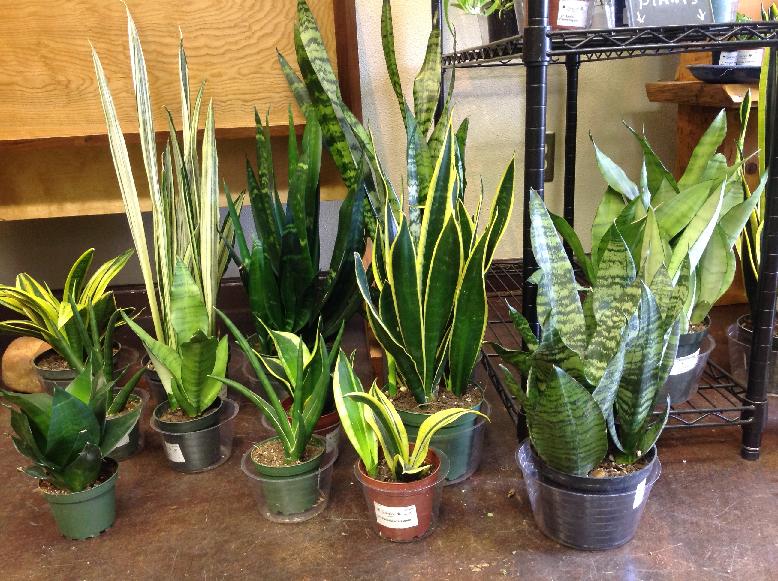
South facing windows get afternoon and late afternoon light, so it is often very bright and provides direct light, which often times is too strong for plants. If you are careful to place them close to the window, but not close enough to get direct sun, it can be a wonderful place to grow light-loving plants.
West facing windows are going to get late afternoon sun, usually too bright for most tropical plants to take directly. However this is usually where you can grow plants that normally grow outside in our climate with little trouble. This can be true of the south facing window as well.
You can easily remedy a window that is too bright with a shade that still lets light in, but diffuses it. It can be a very fun way to add to your decor also if you find something decorative.
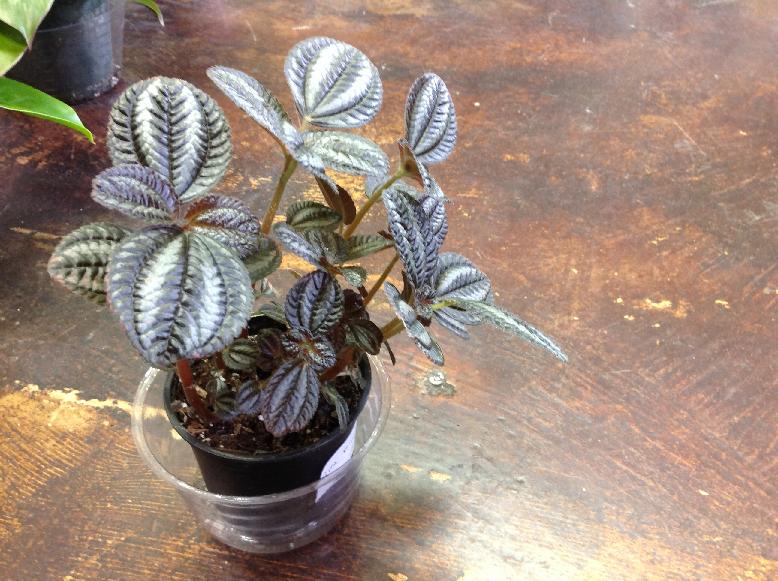
Too much light on a plant is characterized by deep brown or yellow spots on the leaves. It is actually burn spots. Sometimes the color of the plant will fade as in the case of a Coleus that gets too much light. However, if you are seeing something like any of these symptoms I’ve described on a plant that is not getting bright, direct or indirect light, it is something else and you’ll need to take watering, fertilizing or humidity into consideration as a possible cause of yellowing, browning or fading.
Too little light is characterized by unusually long branches on the plant and unusually small leaves on the new growth. The plant is reaching out for light and not able to do enough photosynthesis to produce normal sized leaves. If they are exhibiting these symptoms and leaning towards the light that is in the room, it is a good indicator they need to be moved.
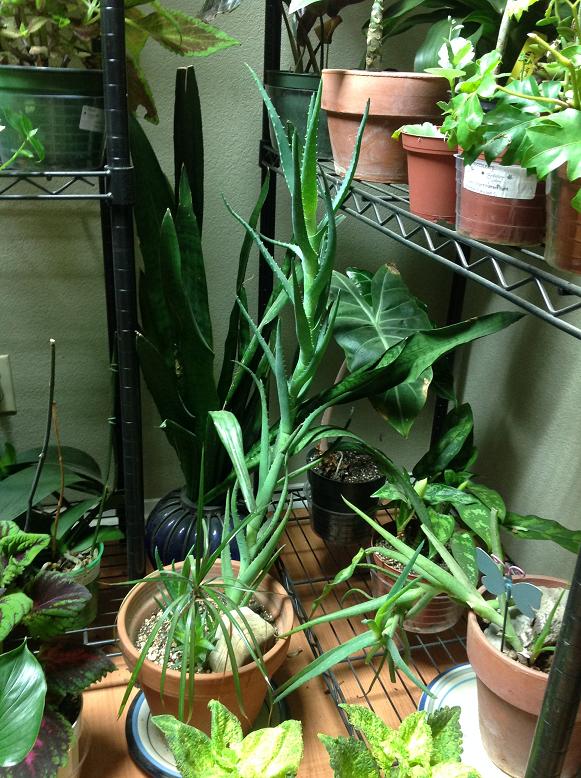
Succulents can get dry brown spots or their colors can fade if they get too much sun. I’ve noticed that Aloe Vera that gets direct bright light can sometimes turn a yellowish brown. Generally I’ve found that if you move the aloe just out of the direct light or give it less direct light, it will turn green again.
However, this is often not the case with succulents that have been grown under the sun from the time they are young, or are put out in the spring which allows them to get used to the increase in sunlight as the season progresses.
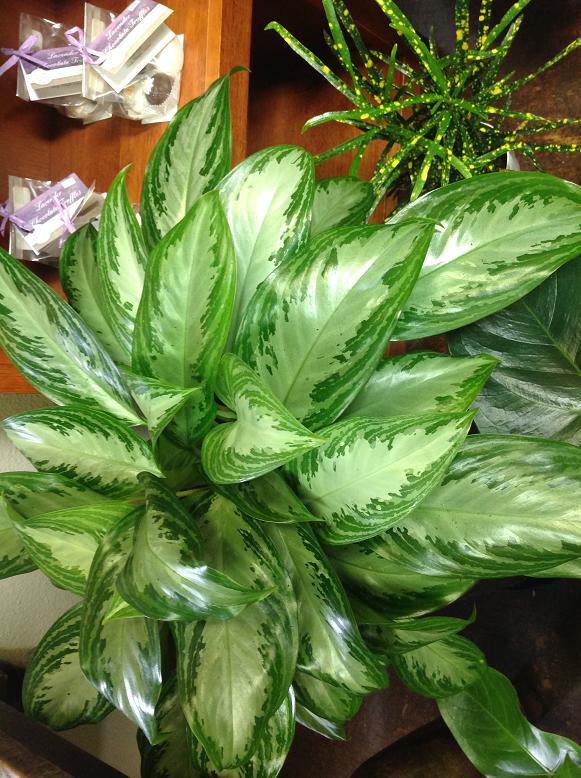
Some varieties of plants may be getting ample light, but still tend to lean if the light is not even. I’ve seen this in Algonemas, Dieffenbachias, Money Trees and Certain varieties of Philodendrons and many other kind of plants. This doesn’t mean you need to move your plant, it just means that in order to keep it evenly full, you’ll want to give the plant a quarter turn once a week. It generally fixes the problem.
In closing, the most helpful tool in keeping a plant happy when it comes to light, is knowing what kinds of plants are low light, medium light or bright light. In my shop I try to have the plants divided into groups so I can show you which ones will work for your light situation. Also, never hesitate to check your plant out on the web, but always check more than one reference as they can sometimes be inconsistent.
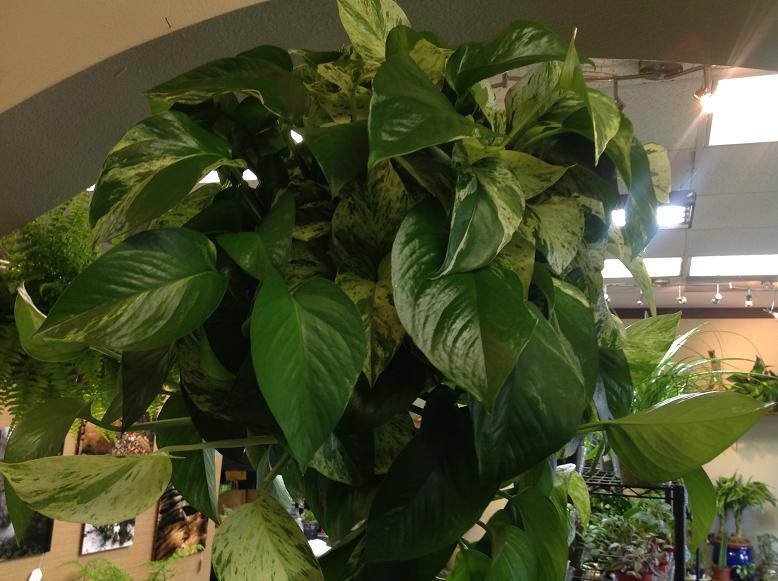
One more thing…
If you love you plants and want to be able to grow plants that normally wouldn’t do well with your lighting, I can recommend some very nice and affordable grow lights that come as small or as large as you like. This is very nice if you want to experiment and try cultivating your own indoor or out door tropical plants. Many times I have started all my outdoor veggie seeds inside under a grow light and heating pad and then take them out after I’m certain it’s not going to freeze. It can also be a great source of cheer during the long winter to be able to grow your own indoor plants with a grow light.
Here’s to loving our plants and having them love us back:)
Amy Duke is the owner of Solstice Gallery located at 40282 Highway 41, Suite 3, in Oakhurst. Visit on Facebook or stop in at the Gallery for more advice and ideas.


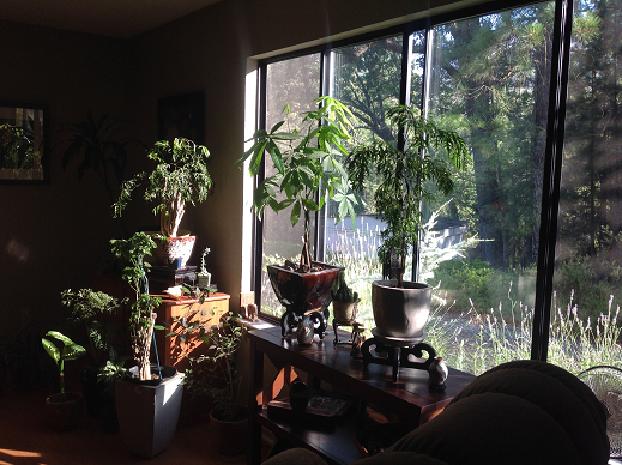
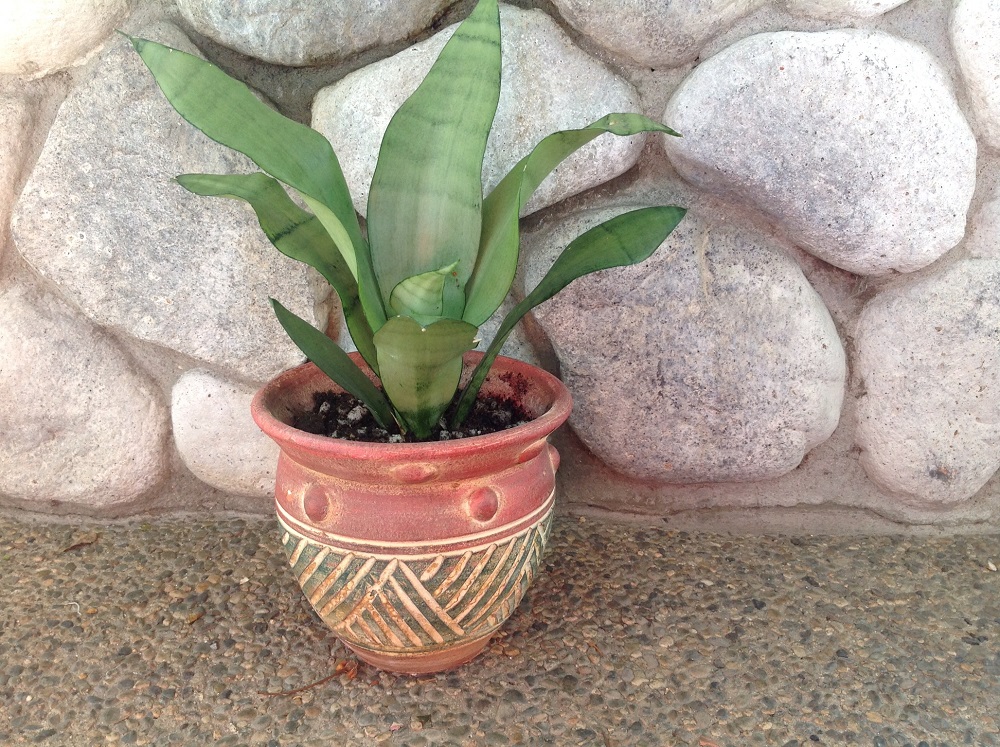
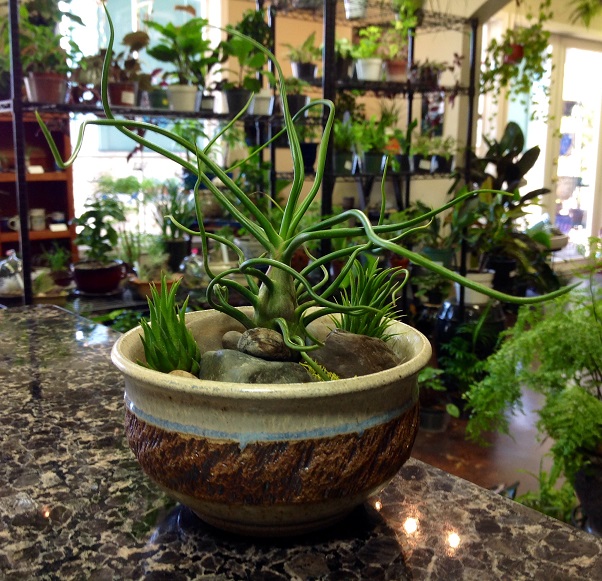
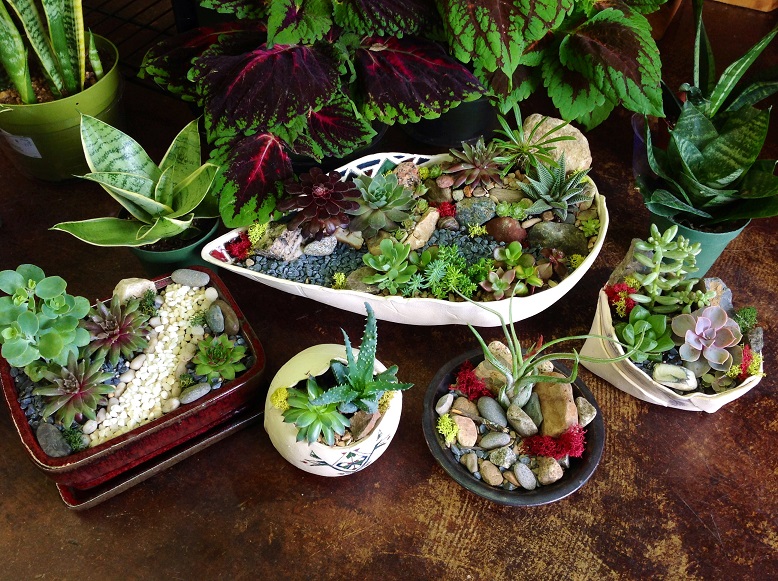
I will never keep track of all the different types of plants, what light they need, water, etc.
I’ll never even identify what I have…
I would pay for in-home consultation. I have dozens and dozens of plants for which I would like to know how best to treat them, how to encourage better growth, less leave loss, etc.
I see you give plant advice. Do you work online perhaps, from a photo of a room?
BTW: that puzzle is the most ludicrous time-wasting captcha I’ve ever seen. No wonder there are no comments on this site.